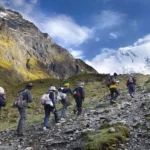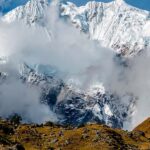Salkantay Trek 5 Days: Crossing the Andes One Step at a Time
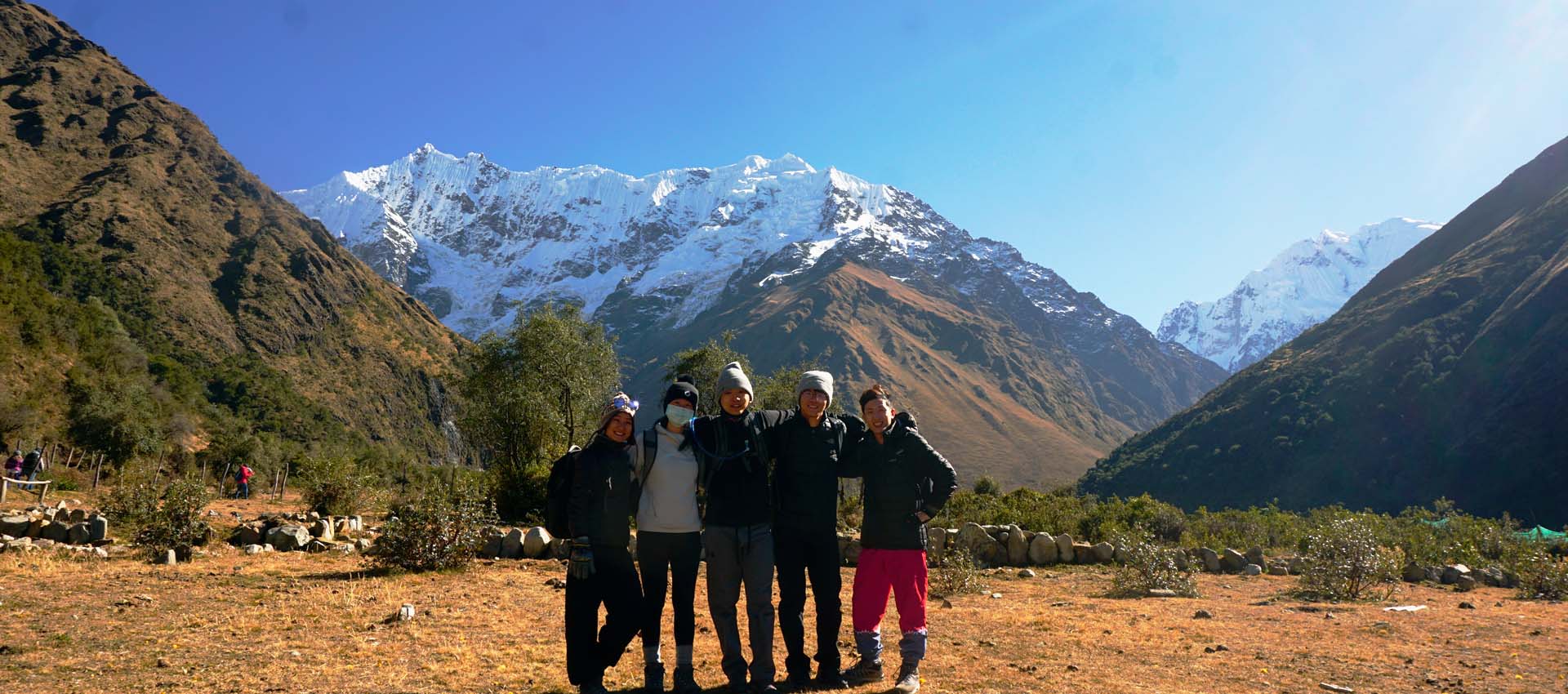
When I was researching about the Salkantay Trek, many referred to it as “the long way to Machu Picchu”. But after spending 5 days on this trek, I think of it as “the scenic way to Machu Picchu”. Lately, everything in life feels rushed and this trek was the perfect opportunity to slow down. It was about moving at the natural rhythm of the mountains, walking long distances, adjusting to altitude and letting each day open slowly. I didn’t know it then, but these five days created one of the most balanced journeys I’ve taken in the Andes.
Day 1: The Road to Soraypampa & Humantay Lake
We left Cusco before sunrise, to traverse the Andes to Mollepata. There, we enjoyed breakfast to fuel up for the day, as the sky turned brighter with the morning colors. Then, we continued climbing to Callacancha, where our trailhead was waiting.
It wouldn’t be the once in a lifetime experience it is without surprises like the first segment of the day. The journey began with an uphill trail to Humantay Lake, at 4200 m. Tested by the altitude and the symptoms that accompany it, we started our hike slowly until warming up. Still, reaching the lake made us forget this tough welcome.
The lake offers a unique landscape, with the glacier in the background and the turquoise waters in contrast. This stunning view is a worthy reward to the effort, and definitely contributes meaning to the experience.
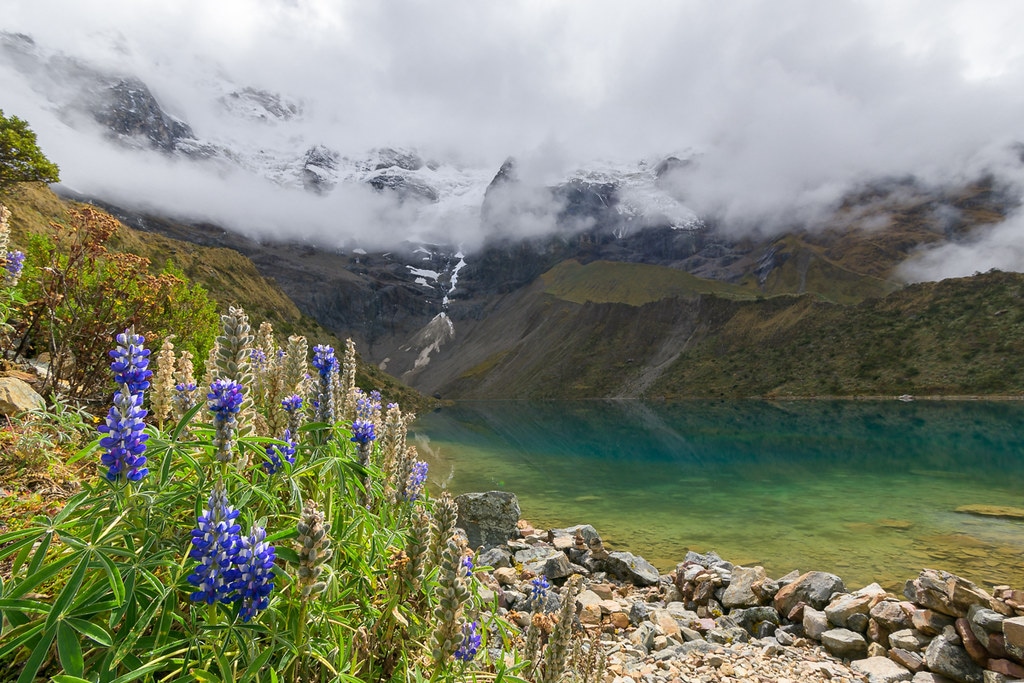
After enjoying our accomplishment, we started descending back to Soraypampa. There, the beautiful Sky Camp was waiting for us. Its igloo shaped cabins were perfect to enjoy the starry night.
Day 2: Salkantay Pass and the Descent into the Cloud Forest
We left our campsite before the sunrise, with the goal of reaching the cloud forest in the afternoon. Around 22 km separated us from our destination, on top of it, this stretch included the highest point in the adventure.
The trail to the Salkantay Pass climbed steadily and every pause revealed a new angle of the mountain. Reaching the top at 4,650 m was the first emotional peak of the trek. There, you really feel the silence, the cold wind, the weight of the place. Our guide explained why locals consider Salkantay an Apu, a protector. Standing there, you don’t doubt it.
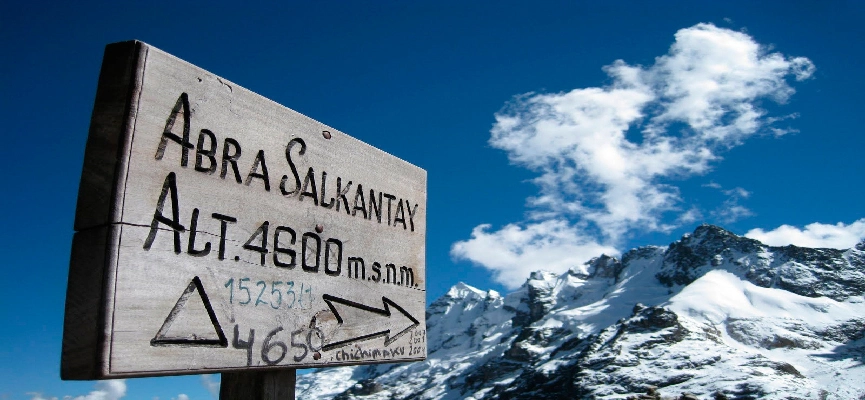
After the Pass, the scenery started to change. From the high altitudes the trail dropped quickly, the air wasn’t as thin and the landscape started to look greener instead of rocky. When we arrived to the next campsite, we were surrounded by lush vegetation already. Hiking from the mountains to the jungle was one of my personal highlights, it feels unreal how a few hours separate such different ecosystems.
Day 3: Walking Through the Jungle
The third day was one of my favorites, a combination of lighter and scenic trails, fruit tasting and relaxation. The trail to Lucmabamba, our next campsite, was shaded by the vegetation and the temperature was perfect. Along this trail we passed by waterfalls and farming areas full of life, fruit trees and birds.
This was a relaxed day, simply walking down to our next campsite. It felt like we were moving through the landscape. By the time we reached Lucmabamba, the world felt warm, colorful, and alive. We rested early, knowing the next day would bring a change in rhythm.
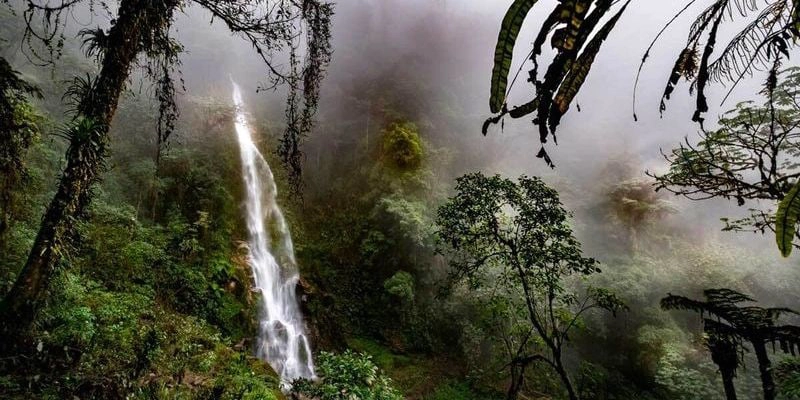
Day 4: Llactapata and the First View of Machu Picchu
On the fourth day we left the campsite knowing this will be the last day hiking towards Machu Picchu. The goal of the day was to reach Aguas Calientes or Machu Picchu Pueblo, as called by the locals. So, we started the adventure by hiking up to Llactapata. I was really happy when I realized this was the last serious climb, and even more when we reached Llactapata.
From its terraces, Machu Picchu appeared across the valley for the first time. It wasn’t close, but it was clear. Seeing it from that distance felt different, like being let in on a secret. The descent to Hydroelectric and the train ride to Aguas Calientes happened almost in silence. Everyone was saving their energy for the next day.

Day 5: Machu Picchu
Mixed emotions came with the last day of this adventure. I was relieved by not having to walk extensively this day, but also excited about finally visiting Machu Picchu. After all I’ve spent the past 4 days pushing my limits and letting nature amaze me, with the goal of arriving transformed to my final stop.
Once at the citadel, our guide walked us through the main areas, explaining what researchers have learned over the years. Walking into Machu Picchu felt like stepping into a dream. The mist curled around the stone walls, terraces, and temples. For a moment, I wasn’t sure what was real.
Highlights:
- Sacred Plaza: An open space for ceremonies. The Temple of the Three Windows stood out for its role in tracking the Sun and marking seasonal changes, essential for agriculture. It also reflects the Inca concept of the three worlds: Hanan Pacha, Kay Pacha, and Uku Pacha.
- Casa del Inca: The presumed royal residence. The layout, construction quality, and central boulder suggest its importance. The small carved fountains in the rock may have served as reflective surfaces to observe the sky.
- Temple of the Sun: Impressive not only for its design but for its precise alignment with astronomical events—another example of the long Andean tradition of sky observation.
- Quarry Area: Helped visualize the labor behind building Machu Picchu. Despite the mountain being mostly rock, shaping and transporting blocks required skill and planning.
- Terraces: Surround the site and reveal advanced agricultural engineering. Their drainage systems and soil preparation show how the Incas optimized farming in steep terrain.
To conclude the day, we took a train to Ollantaytambo, which is a highlight itself. Followed by a Van ride to Cusco. I was exhausted, but every single ache was worth after all I experienced during this trip.
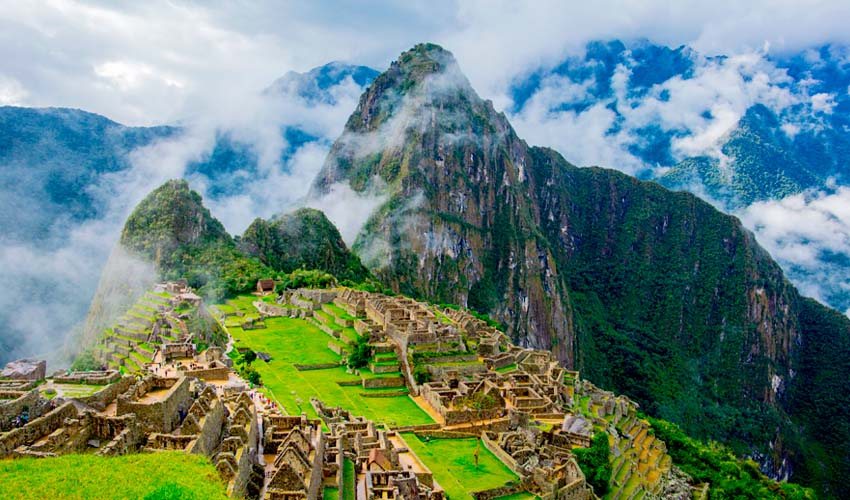
Final Reflections
The 5-day Salkantay Trek is about letting the Andes reveal themselves at their own pace. Each day adds something: altitude, challenge, forest, history and finally, Machu Picchu. What I carried home was the narrative that made the final destination make sense. Walking into Machu Picchu instead of simply arriving transformed the entire experience.
